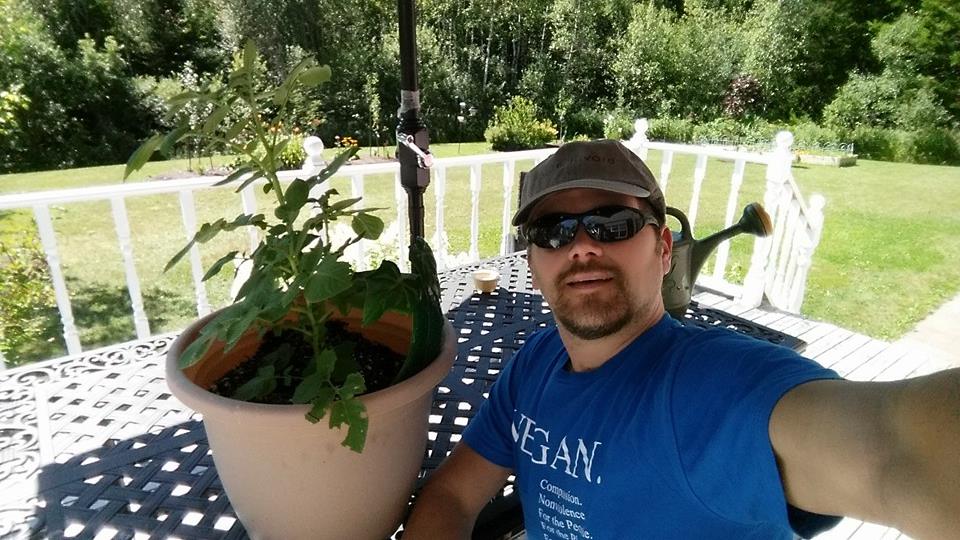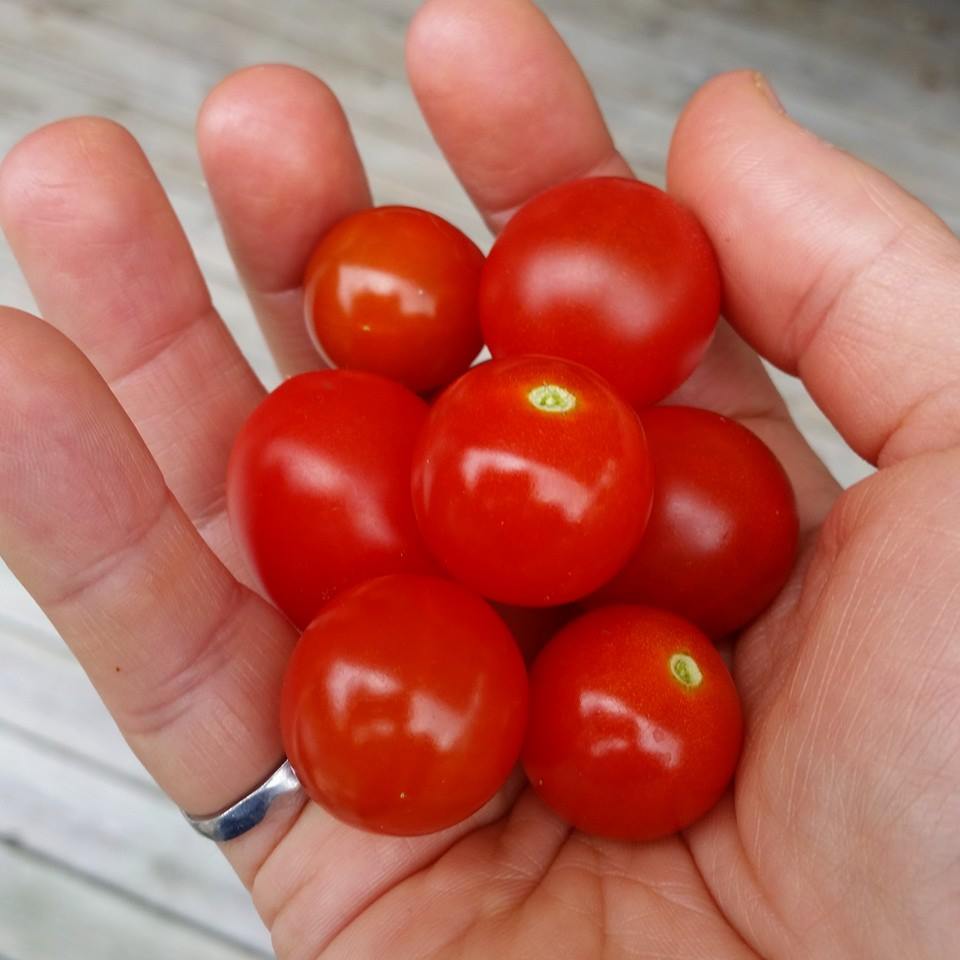- You are here:
- Home »
- Blog »
- Gardening »
- Grow Your Own Food
Grow Your Own Food
 I started growing some of my own food last year after starting to eat a starch-based diet over 2 years ago. It seemed like a natural progression as I was eating more vegetables and doing a lot more cooking. It can be intimidating but it’s pretty easy to get started. One of the biggest things I feared was having to weed all the time but I’ve hardly had to do that. The trick is to keep the soil covered with a mulch (wood chips, leaves, etc) so that weeds can’t grow as easily. I just take a look at the garden every few days and pull any really small weeds if any but have barely established themselves so it’s a breeze with just my fingers.
I started growing some of my own food last year after starting to eat a starch-based diet over 2 years ago. It seemed like a natural progression as I was eating more vegetables and doing a lot more cooking. It can be intimidating but it’s pretty easy to get started. One of the biggest things I feared was having to weed all the time but I’ve hardly had to do that. The trick is to keep the soil covered with a mulch (wood chips, leaves, etc) so that weeds can’t grow as easily. I just take a look at the garden every few days and pull any really small weeds if any but have barely established themselves so it’s a breeze with just my fingers.
I started out with a Palram 6’x8′ greenhouse (I’m not handy so I need something I can just put together) and used containers to grow basil, oregano, tomatoes, peppers and cucumbers. They did pretty well I must say. You can grow a lot in containers if you don’t have the room – just put some potting mix in a container and get some seeds and you’re good to go.
This year I bought two 4’x8′ Gronomics cedar raised beds so that I now have a 4′ x 16′ cedar raised bed. There’s no nailing or hammering it all fits together in minutes thanks to the dovetail joints. That’s great because I don’t have the skills, tools or temperament to built these from scratch! Raised beds are great because you don’t have to dig up the grass and deal with the builder quality topsoil (and rocks) that they put in there! You just lay down some cardboard to kill off the grass and lay the beds and soil on top of that.
In spring I planted onions (from onion sets), garlic (separated cloves from the bulb), Yukon Gold potatoes (from seed potatoes), tomatoes (from a transplant), red russian kale (from transplant), cucumbers (from transplants), green peppers (from transplants I started from seed in the greenhouse).
I’ve made a lot of mistakes already but am learning, asking questions, reading and watching YouTube videos. I recently read Square Foot Gardening by Mel Bartholomew and plan to do that next year. It’s a very organized way to lay out the vegetable garden and helps you to space the vegetables properly.
After a lot of studying of gardening I have come to realize that I always try to seek out the simplest and most cost effective solution. So many gardeners (even for organic) use animal manures, blood meal, bone meal, rock dust, epsom salt, fertilizers, pesticides, the list goes on and on. So I’m going to try to replicate nature as much as possible using permaculture techniques. There’s a book about natural farming called One Straw Revolution and many refer to this idea as a ‘no work’ garden. Keep the soil covered with a layer of leaf mulch to keep weeds down and the leaves break down and feed the soil with everything it needs. Keep the plants healthy to avoid diseases and pests and let other predatory pests handle things. Pick off any visible pests that I come across.
I originally used topsoil and some mushroom compost (to avoid animal products) but now have realized I should’ve used something more like Mel’s Mix (1/3 peat moss/coco fiber), 1/3 vermiculite and 1/3 compost). So I’m going to amend the garden this fall with my own compost and leaves and try to stick to just using that each year. I’ve watched videos where people did soil tests and they had all the nutrients they needed from this approach (just like nature). Also I’m going to ‘crop and drop’ which is where you let things you prune fall to the ground and naturally decay, as well as pulling weeds and leaving them on the soil (that haven’t gone to seed).
So I encourage you to get started no matter where you are, in a condo or in a small house with no yard. You can do indoor containers such as herbs, outdoor containers on a balcony or deck, a greenhouse or even the raised beds I mentioned. It’s such an amazing feeling when you see the little sprouts coming out of the ground! Let me know if you garden or are planning to start!




